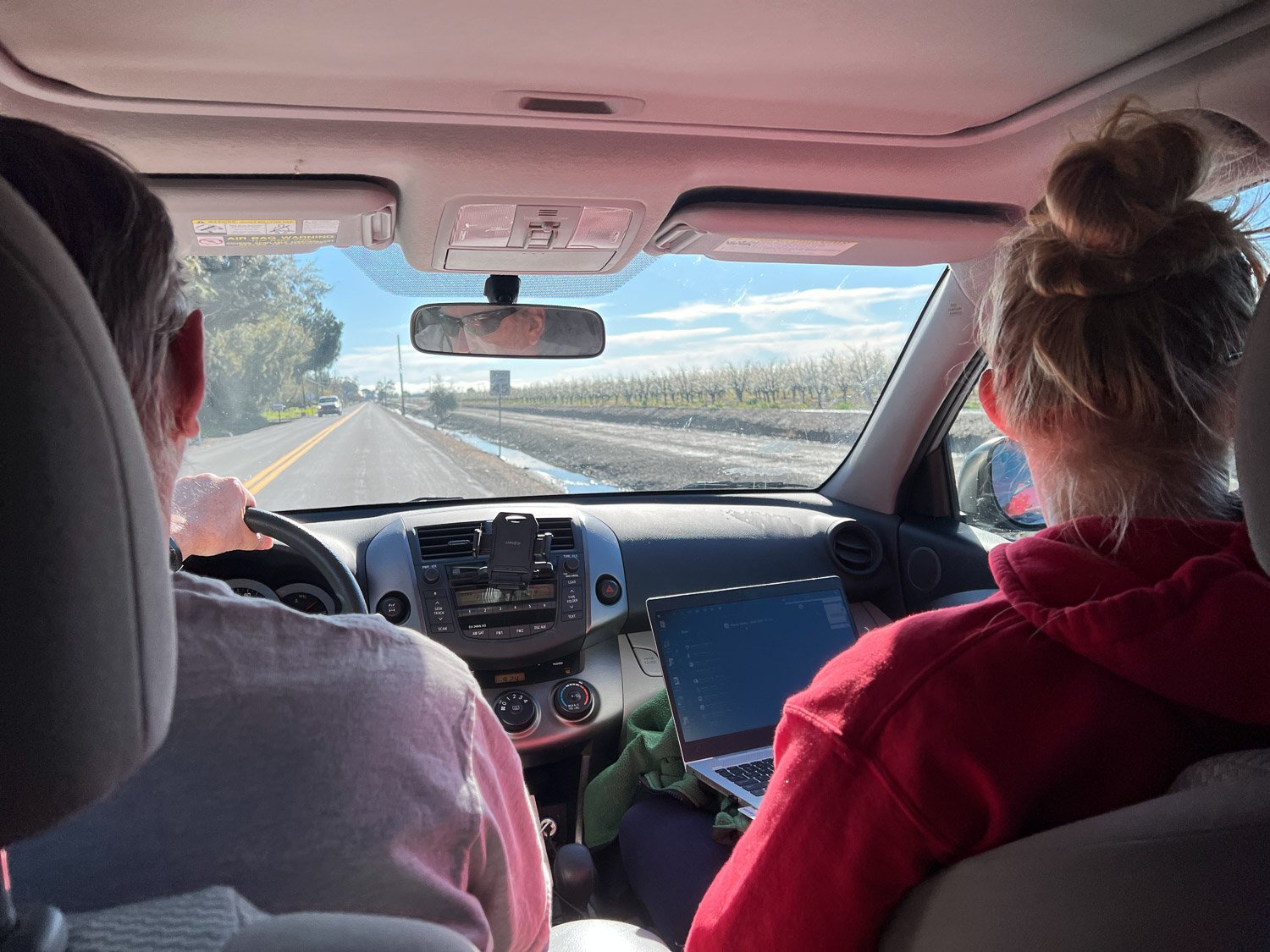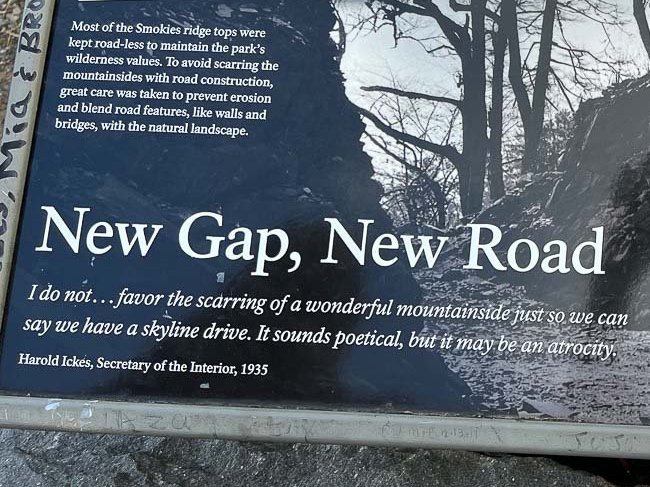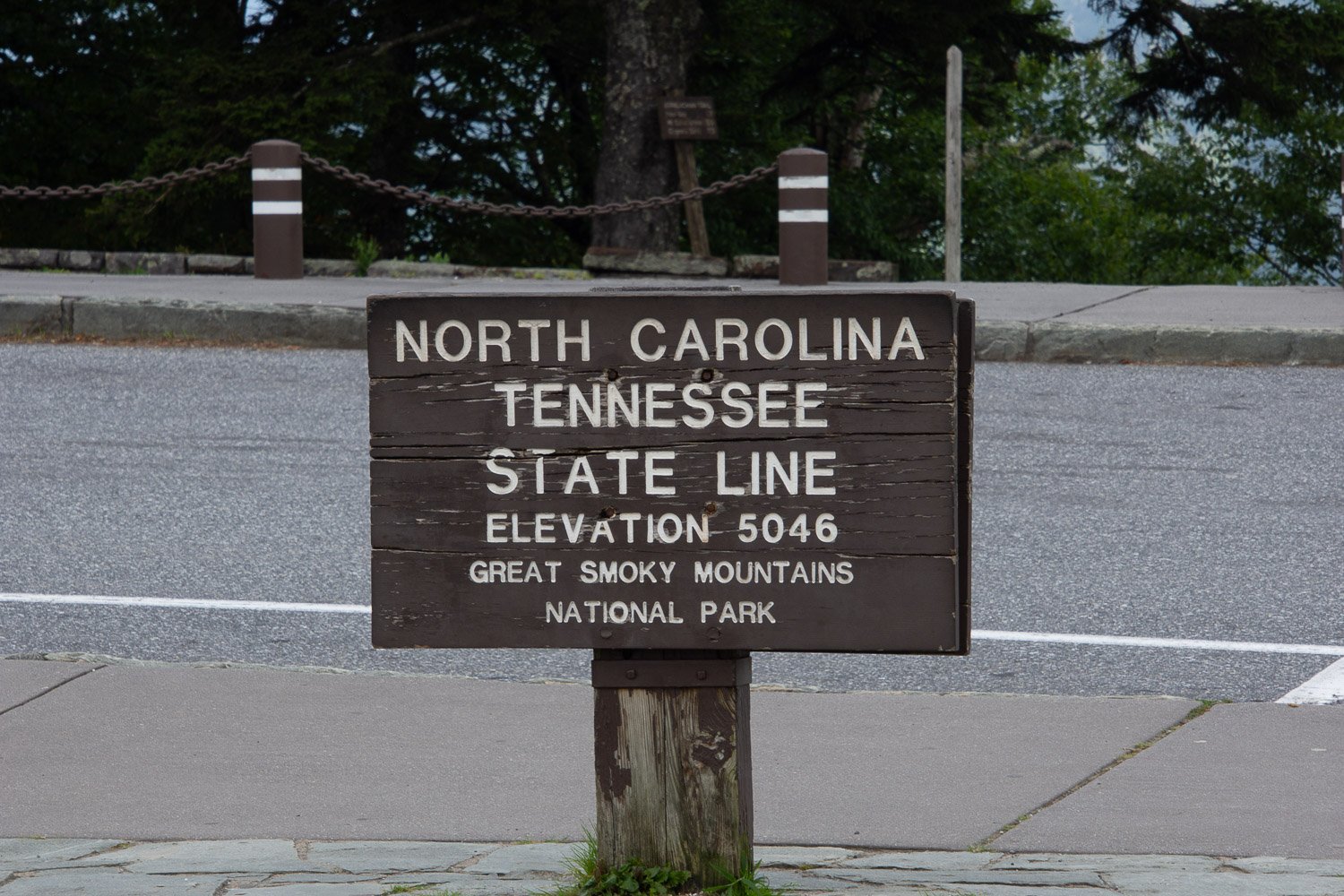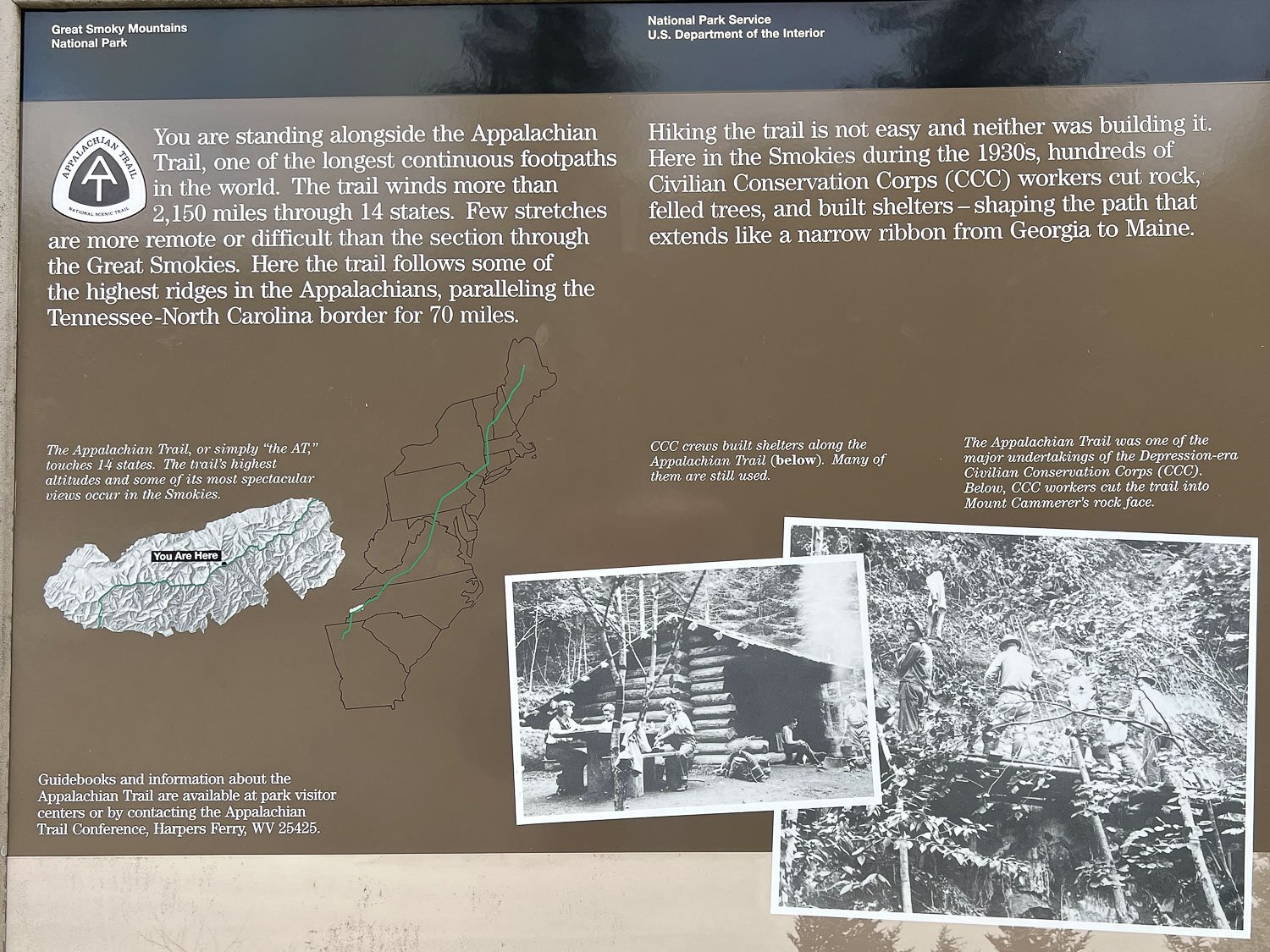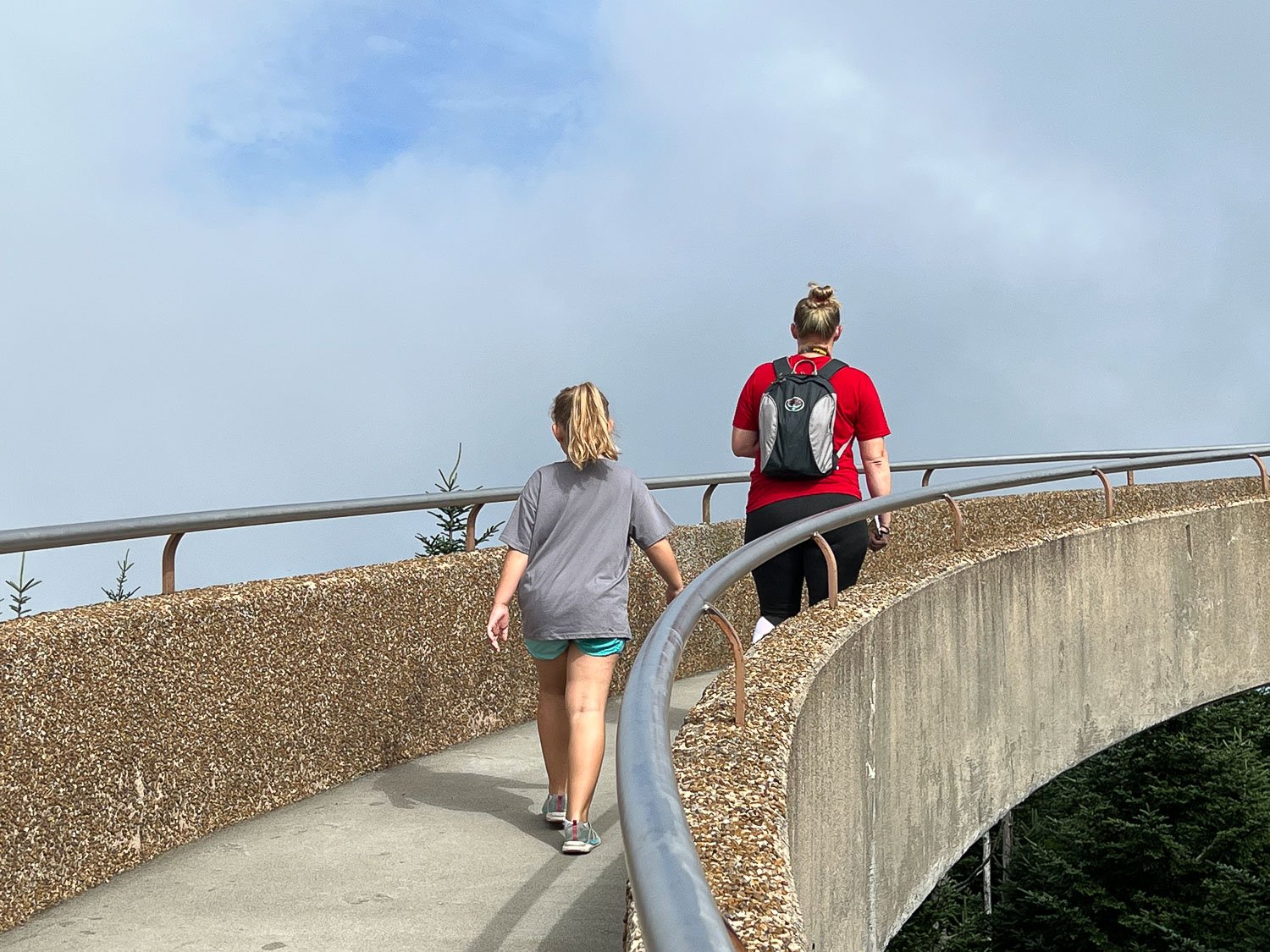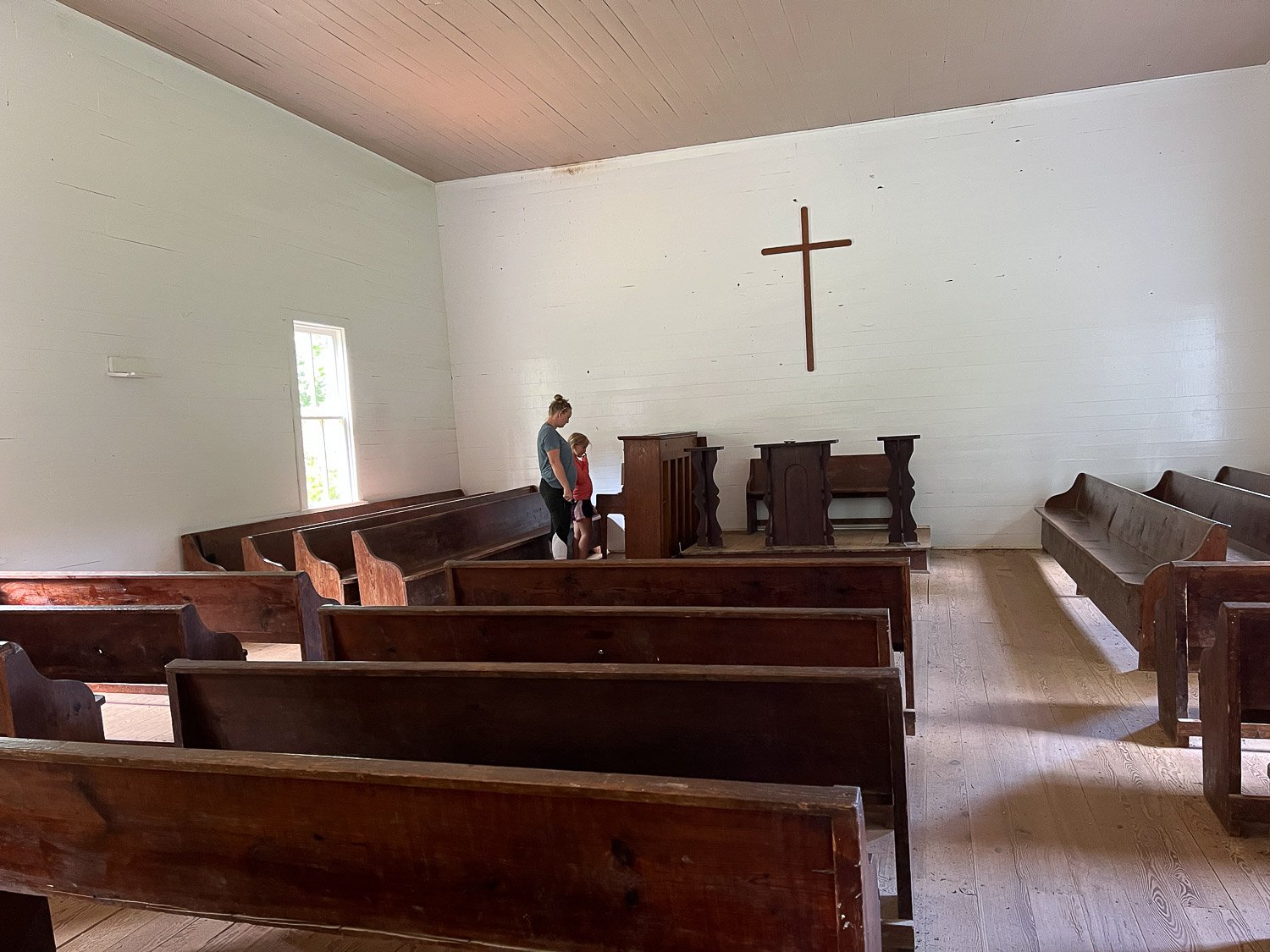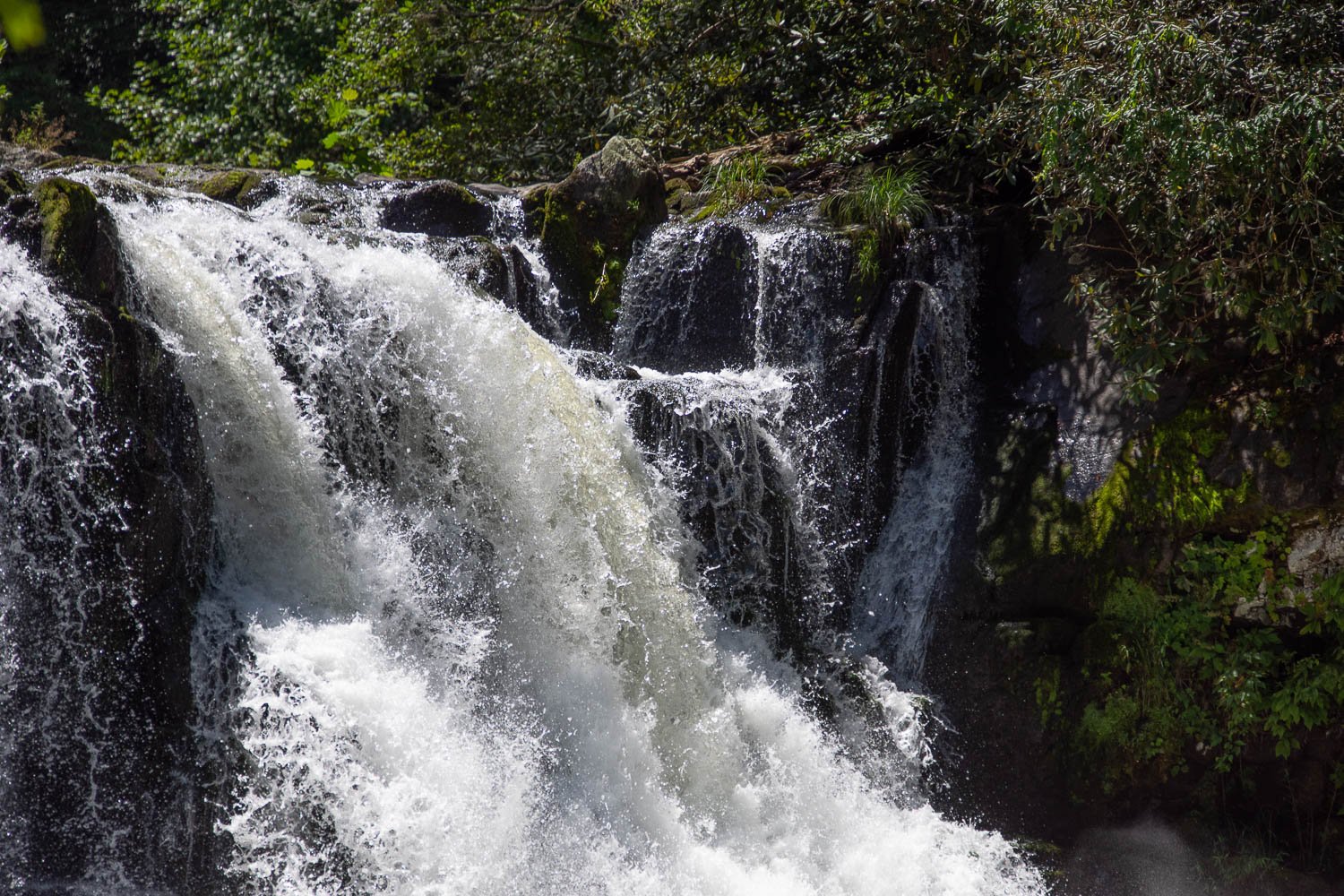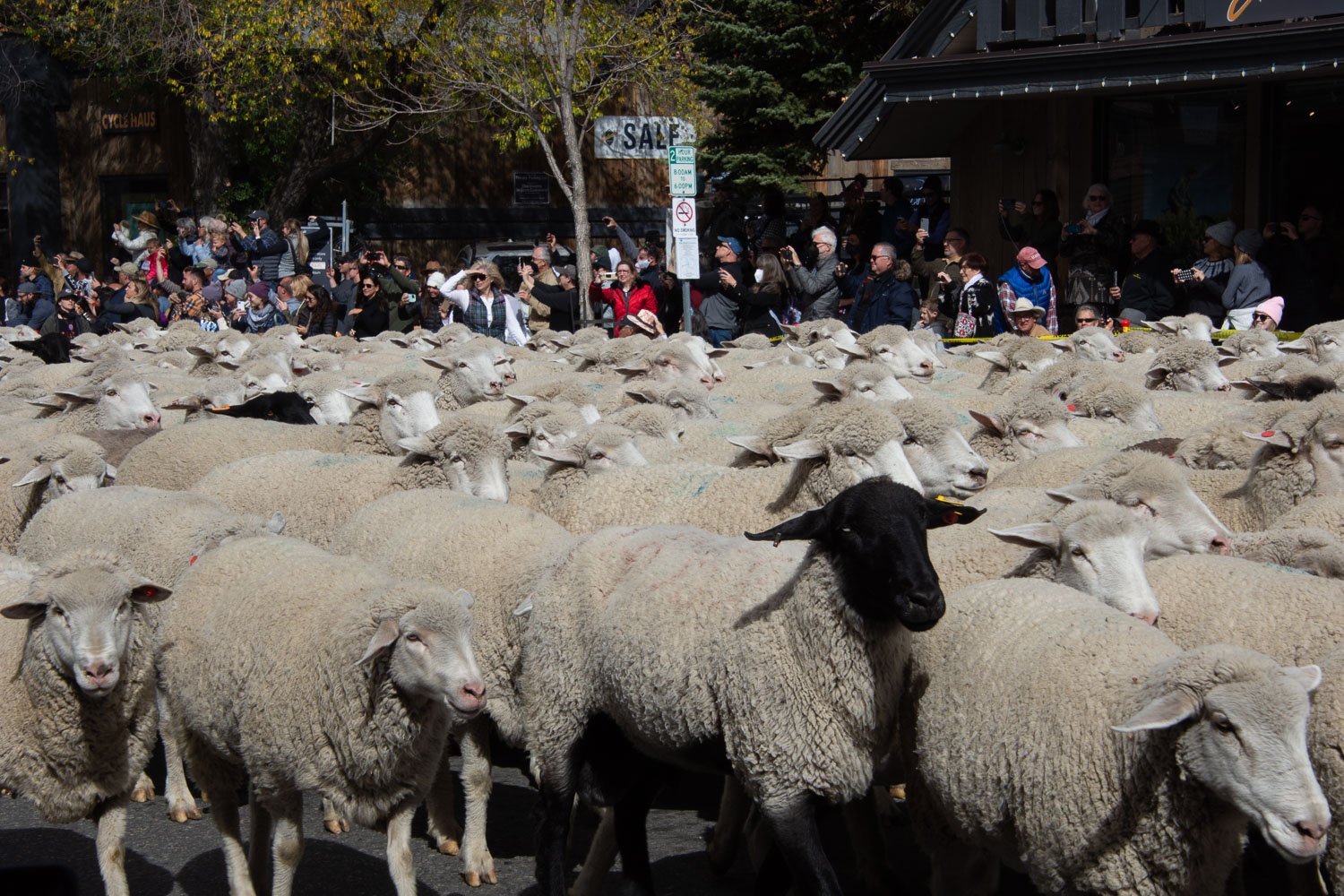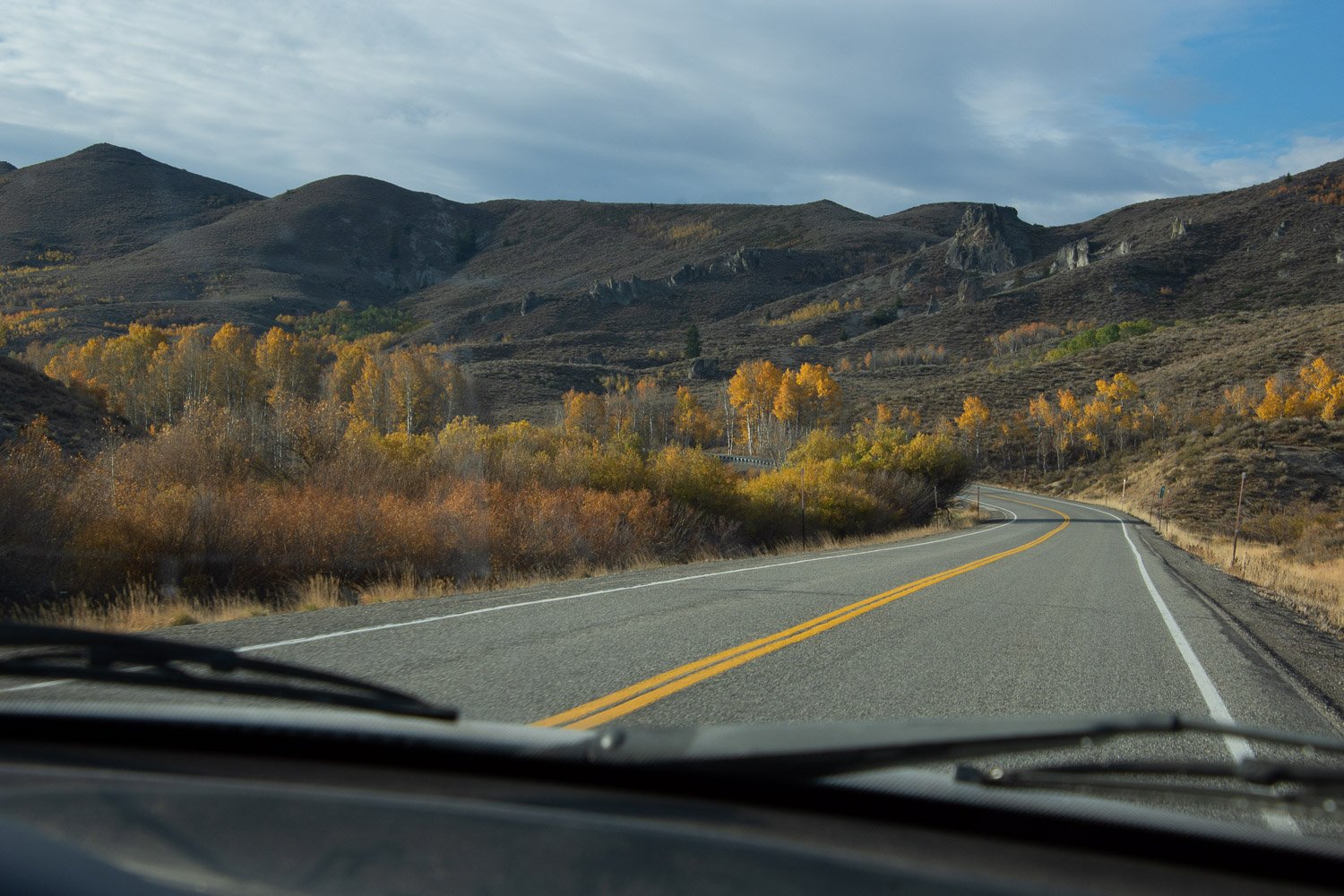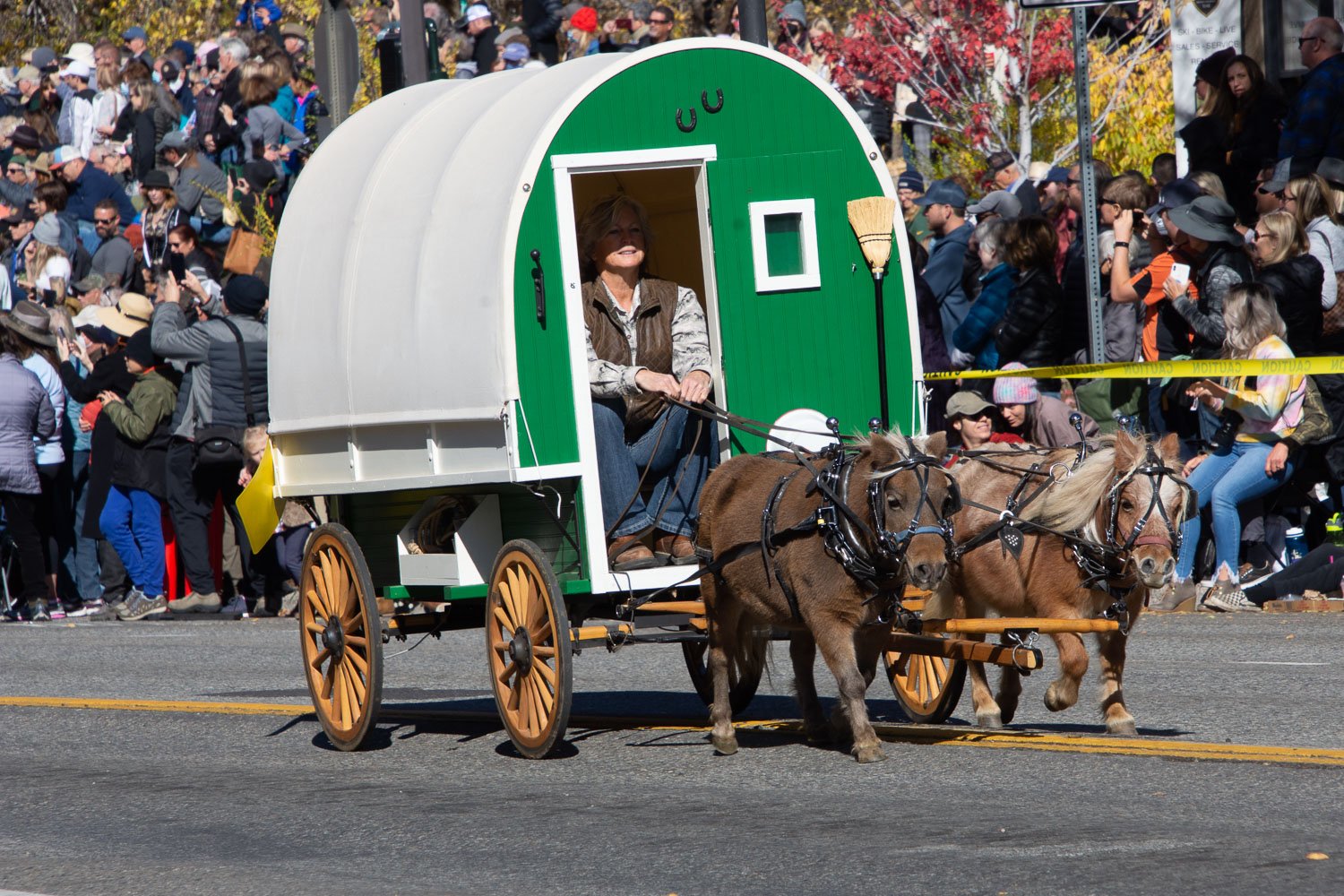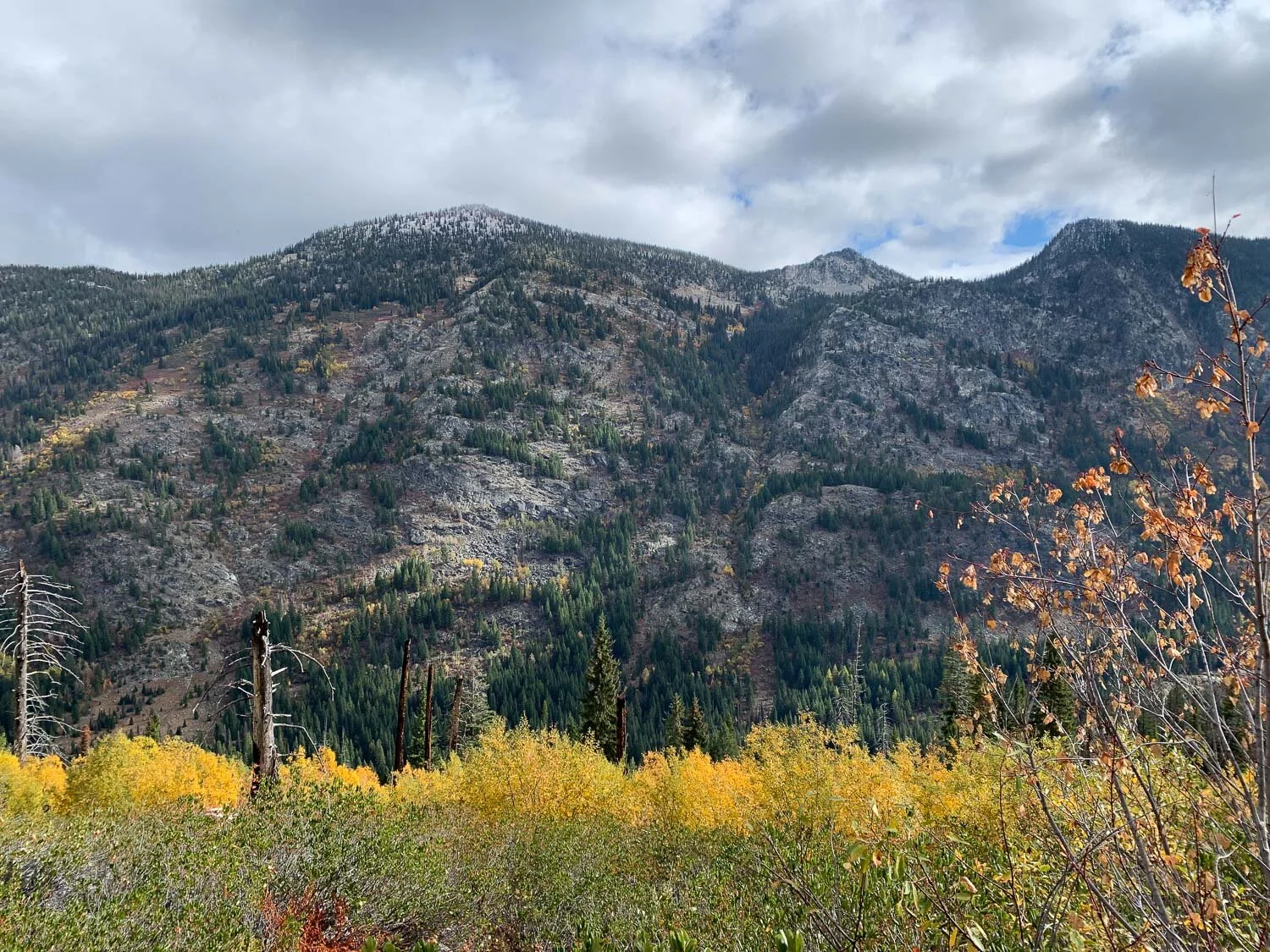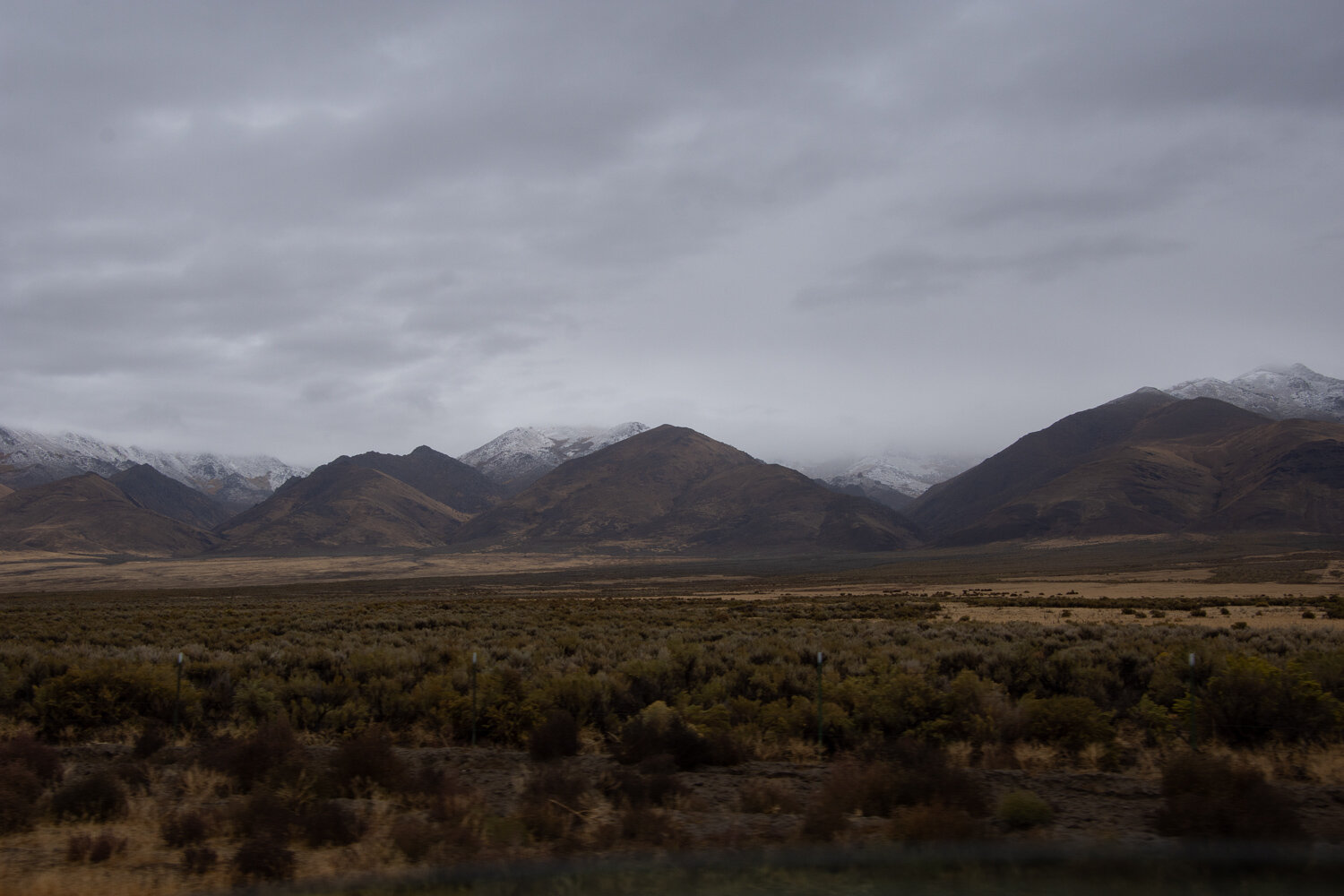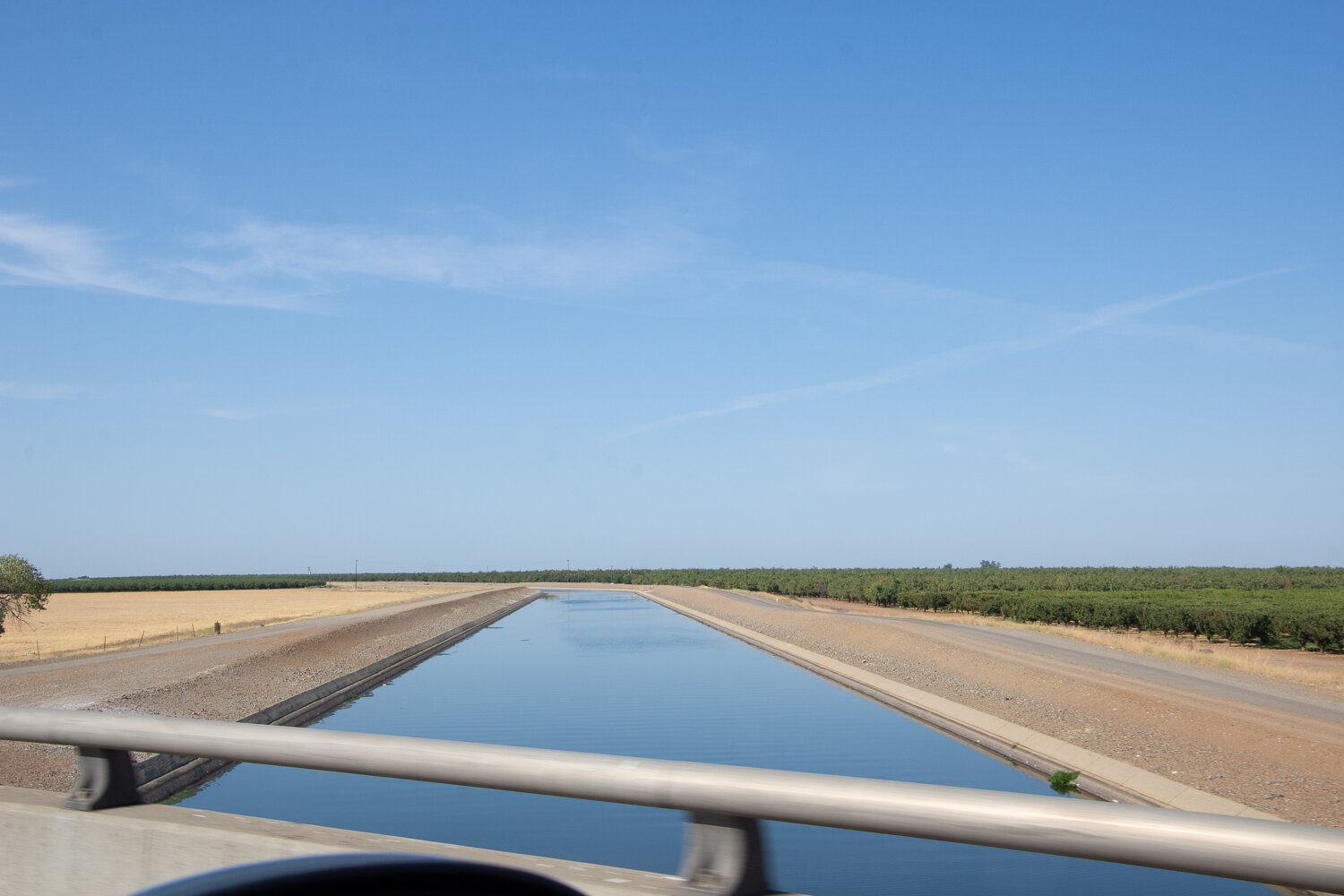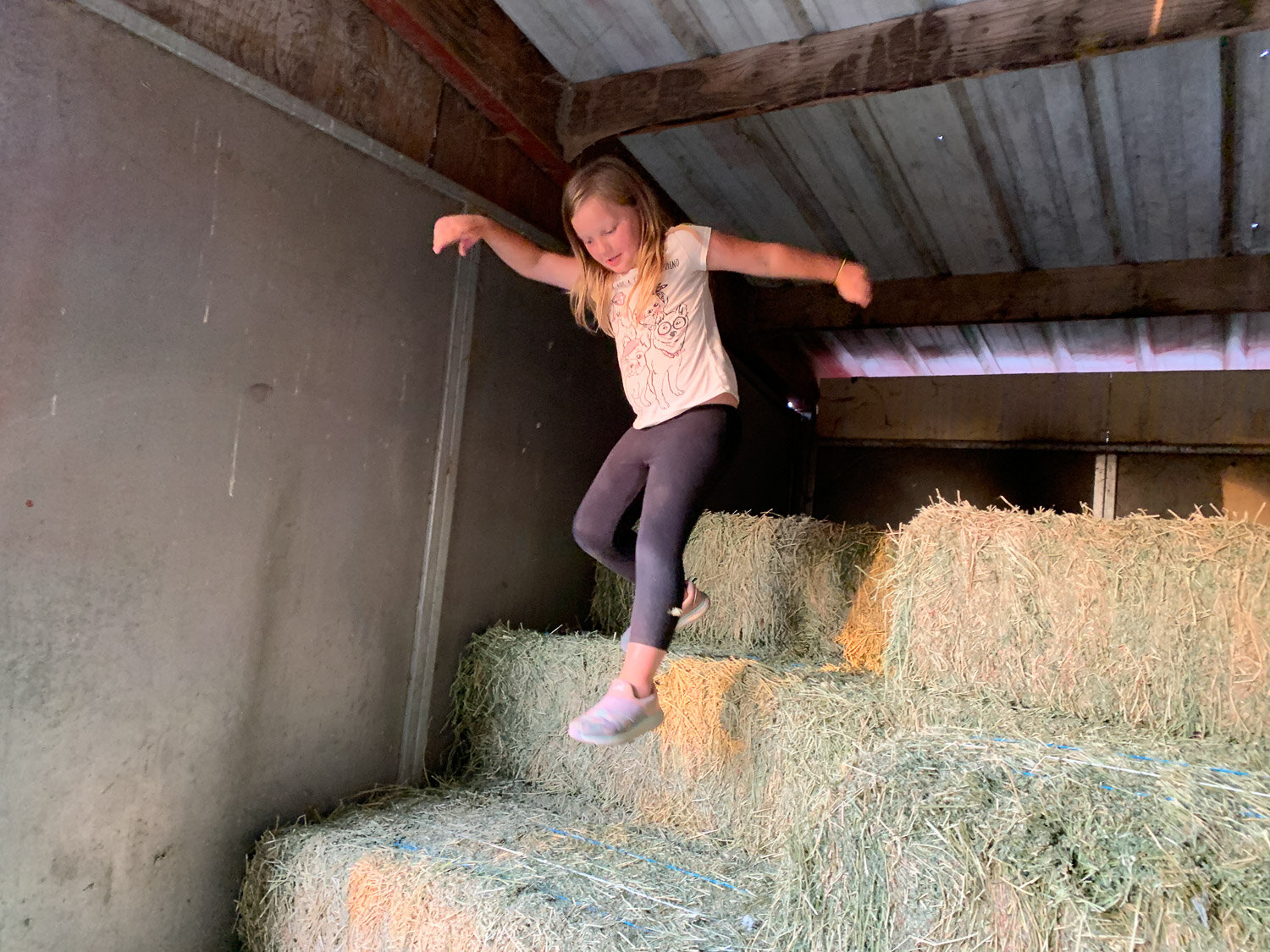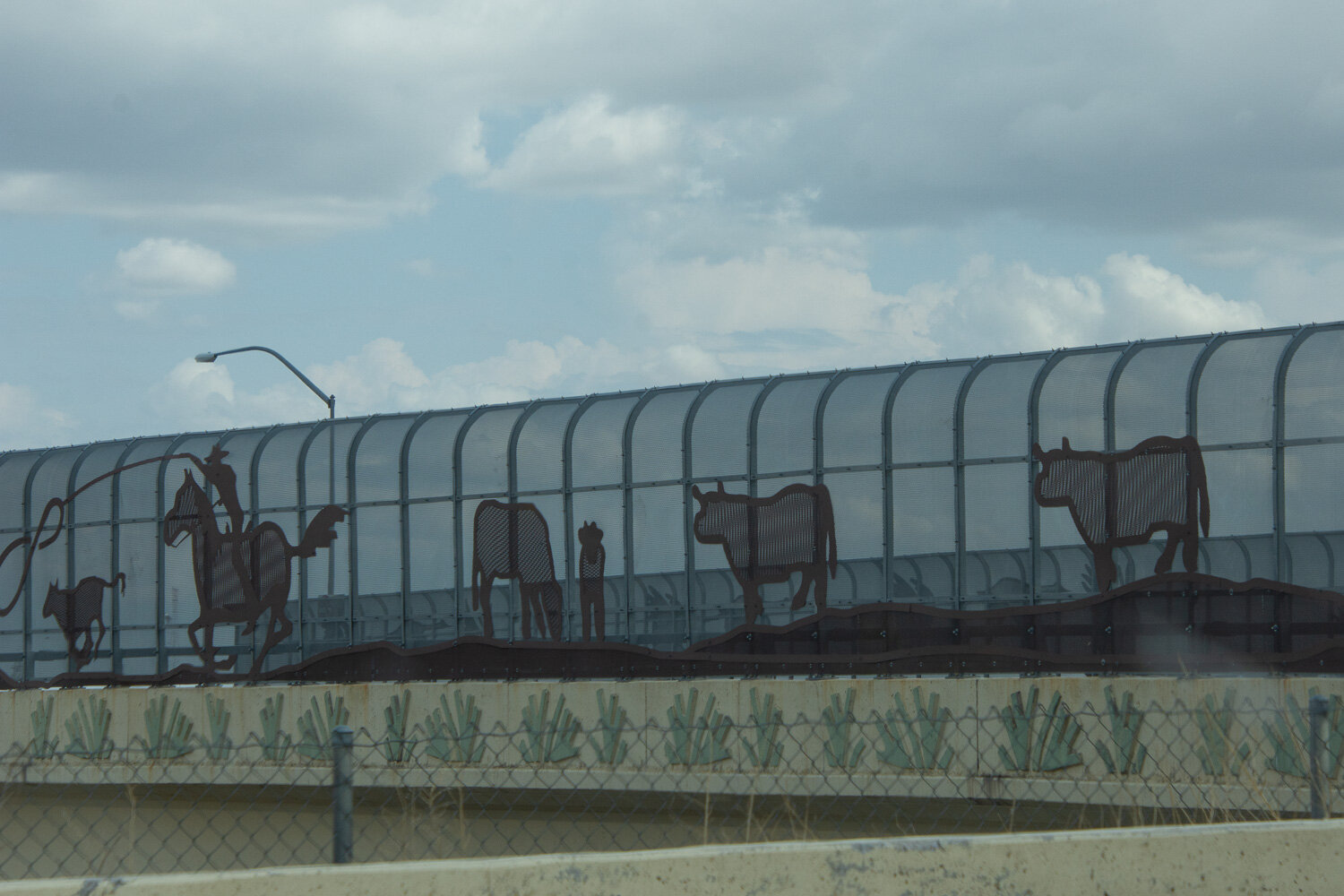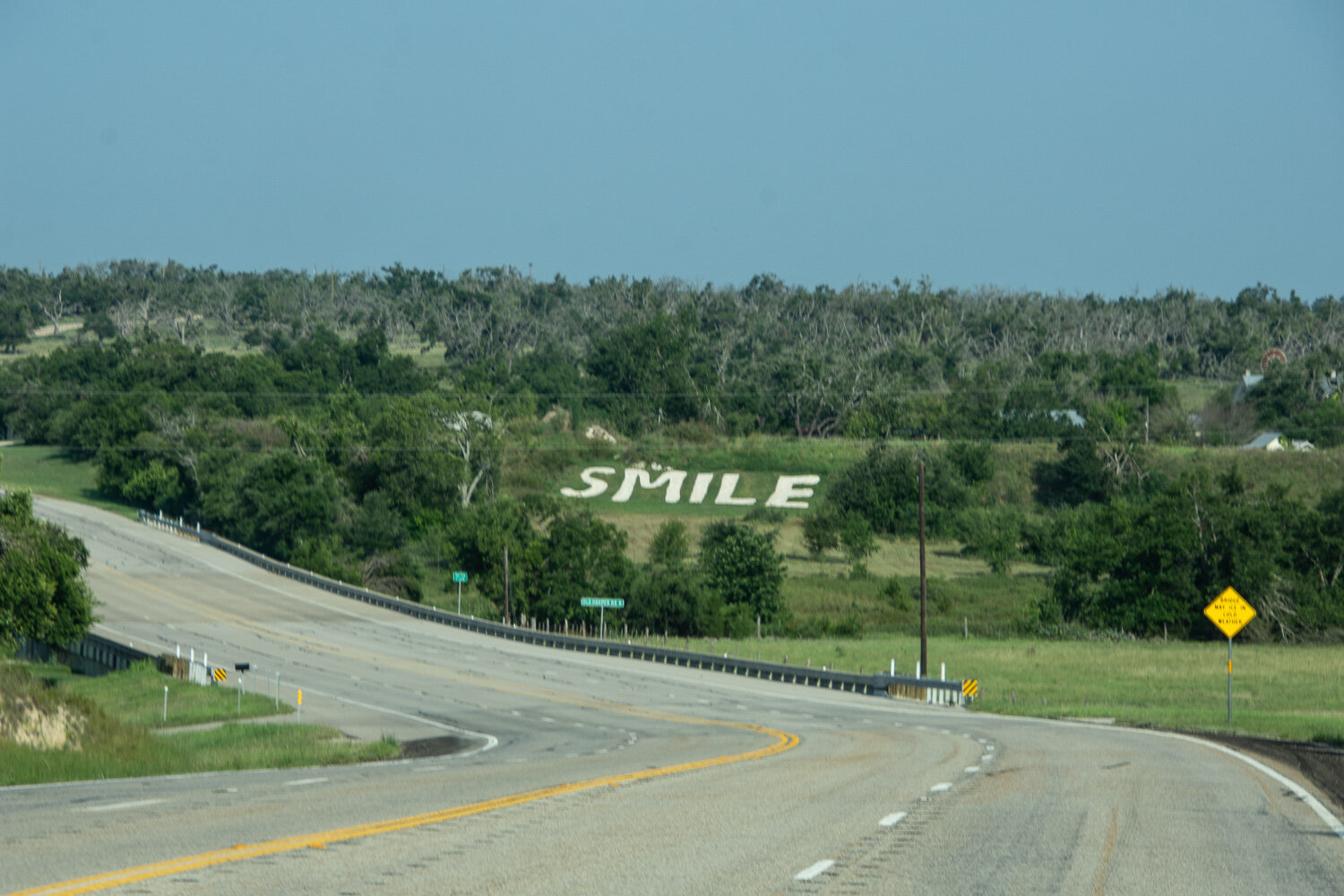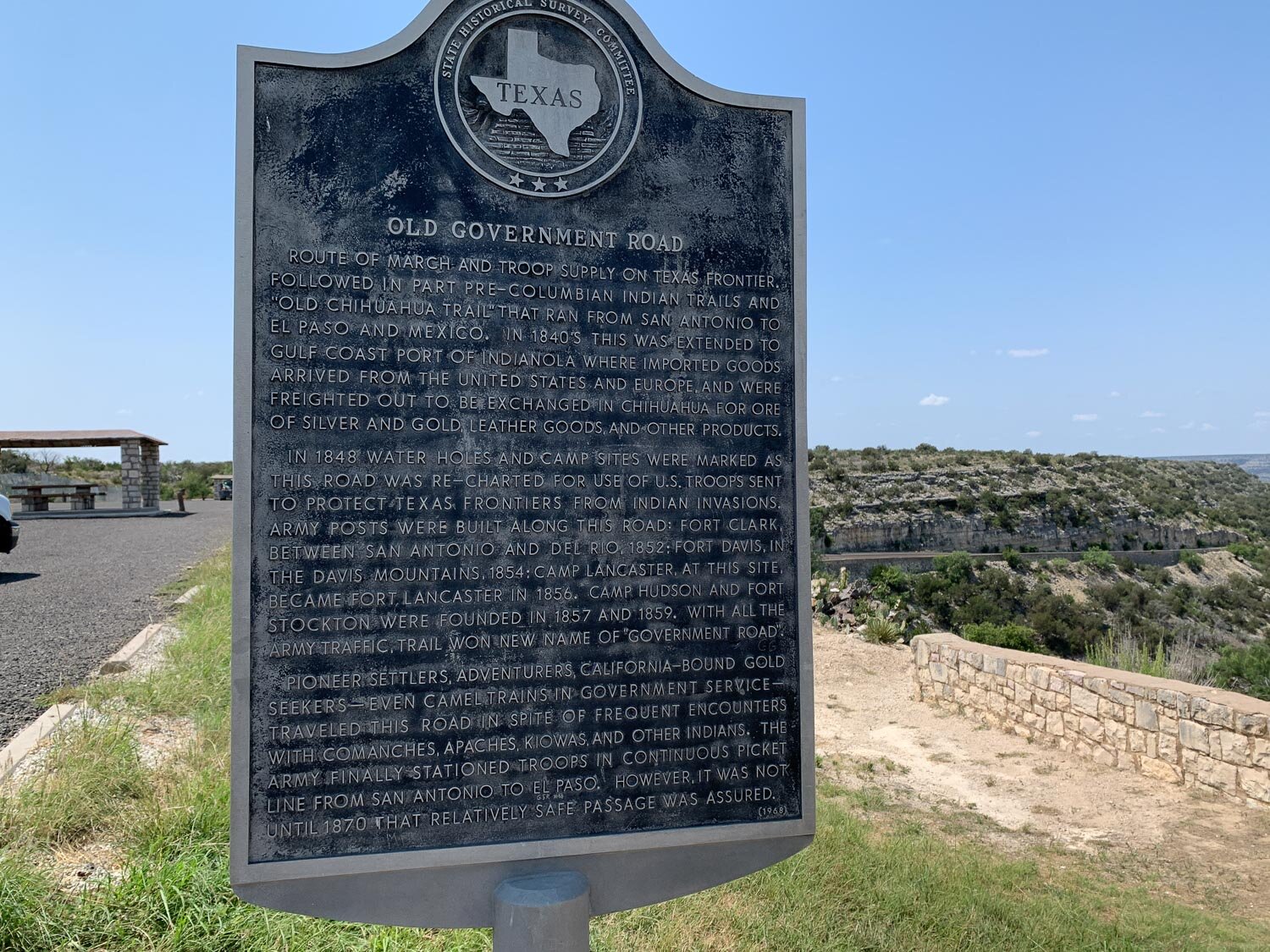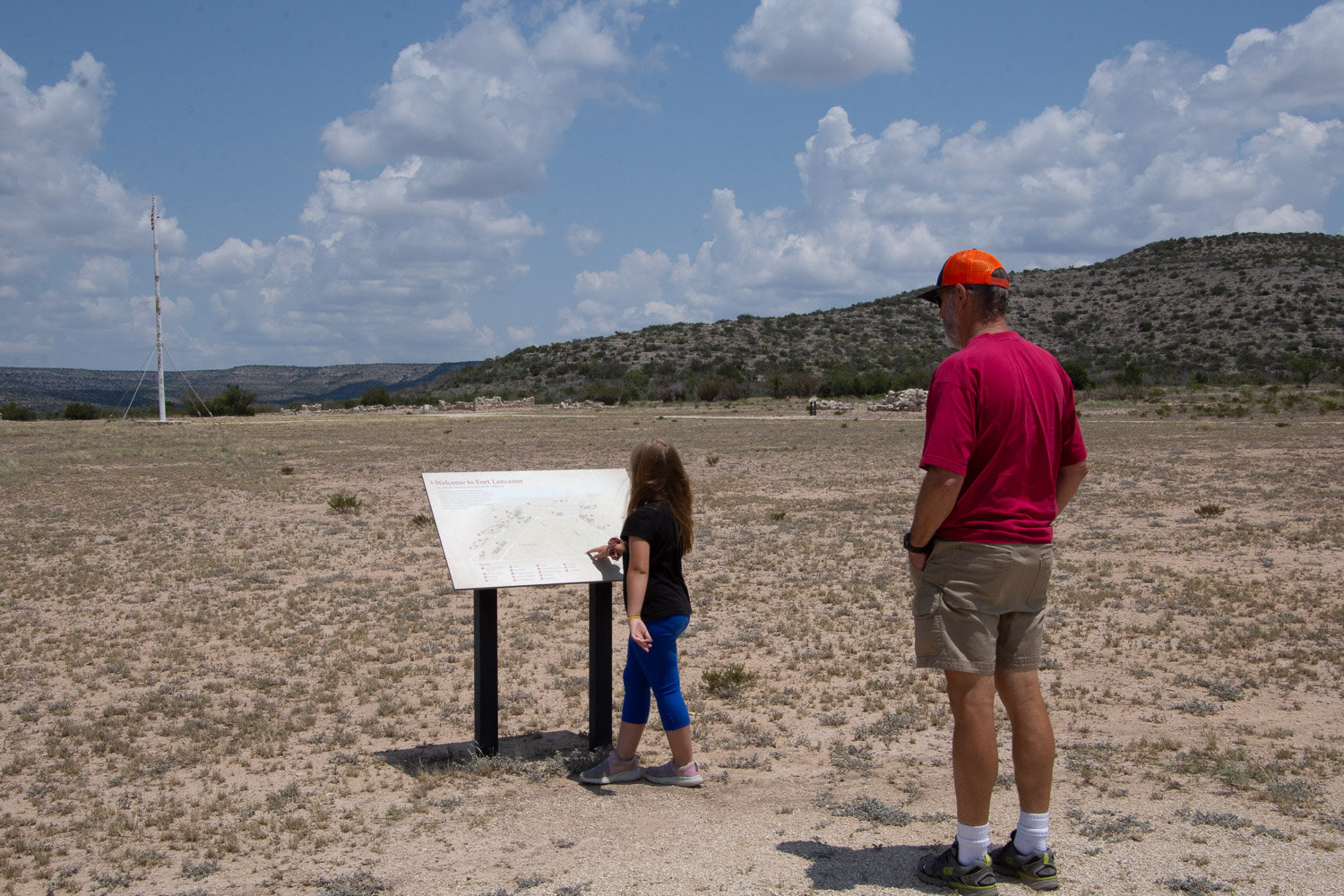Ironman 70.3 in Oceanside - Its a Family Thing
/I would not have normally planned a 4-day trip during lambing season, but the date was set when my kids asked if they could give my husband a special Christmas gift. They wanted to enter a half-Ironman event as a relay team that included Dan. That was his Christmas surprise! The Oceanside Ironman 70.3 was April 1. Matt and Chris have both competed in Ironman events, full length as well as half. We have always gone to support them and now they wanted to include Dan in the event itself. Oceanside is about an 8-hour drive so we needed to leave on Thursday to be able to check in on Friday.
Katie flew in from Texas to be here for the family event. She went with us in the car while the others flew to San Diego.
The recent (and seemingly nonstop) rain in northern California made for brilliant landscapes which I photographed from the back seat.
The brilliant green, blue, yellow, and white have given me ideas for planning a woven piece using those colors.
Getting into southern California we saw remnants of the unusual extreme weather south of us. No more travel photos because I have lots of others to share.
We got to Oceanside in the evening and had time for a look at the ocean. We always think of southern California beaches as sunny and warm. Sunny, yes. Warm, no. Just as in northern California right now, it was unseasonably cool…
…although wouldn’t guess that looking at the kids. (Thanks to Kaleena for some of this photo and some in the next posts.)


